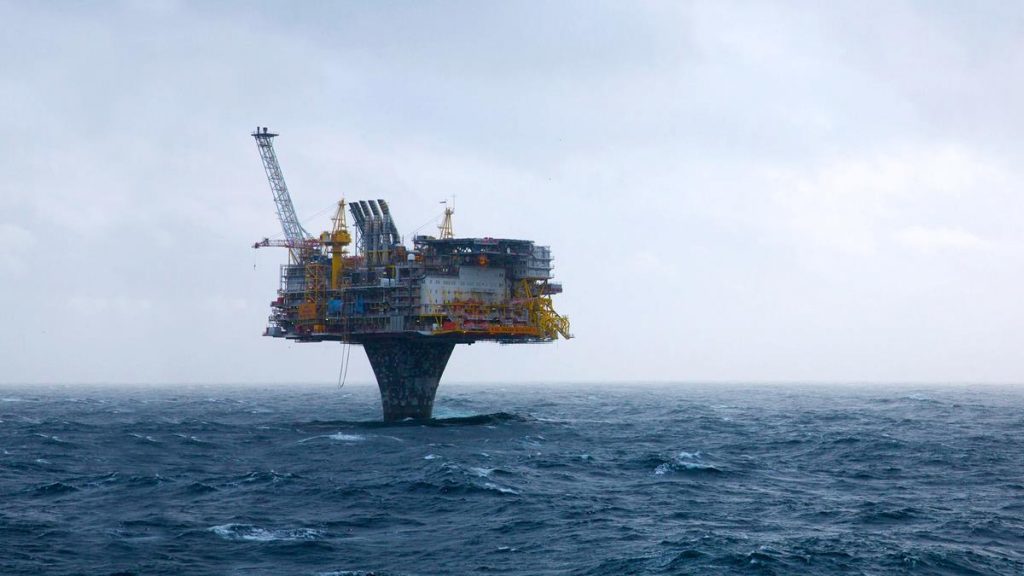
The Linnorm gas discovery in the Norwegian North Sea will not be progressed as a separate development, operator Shell confirmed last week.
“After discussions between the partners, the Linnorm Licence will not continue to further mature a standalone development concept,” Shell told Reuters in a statement last Thursday.
“The partners in the licence will now evaluate alternative ways forward.”
Shell holds operatorship of the licence with a 30% equity stake, alongside Petoro (30%), TotalEnergies (20%) and Equinor (20%).
Discovered in 2005, the high-pressure, high-temperature (HPHT) gas condensate field lies in licence PL 255 in the Norwegian North Sea, in water depth of around 300 metres.
It is estimated to hold up to 31.7 billion cubic metres (bcm) of resources.
The field was appraised in 2007 but further work in 2012 proved disappointing.
Development was later put on ice owing to a combination of technical challenges, marginal economics and low commodity prices, according to a recent Wood Mackenzie report.
It had been hoped that recently enacted tax incentives would help propel new marginal developments such as Linnorm, which had been put on hold.
The field was highlighted as a potential beneficiary of these incentives by Westwood Global last year, alongside up to 26 other commercially challenged discoveries.
As recently as January, new work was being undertaken to design a spar development concept for the field.
Consultancy Vysus Group was brought in by TotalEnergies Malaysia to support the design and risk assessment process for an unmanned spar – a floating alternative to an offshore platform that can be used for drilling, production and storage – which would produce and process gas and condensates from the field.
The condensate would be separated from the gas before being stored in the spar hull, Vysus said, with the capacity to store 150,000 barrels.
Other historic design concepts included a subsea production template with output routed to the Draugen platform (pictured) via a new 50km pipeline – a solution that may yet be revisited now a standalone development has been ruled out.
Recommended for you
